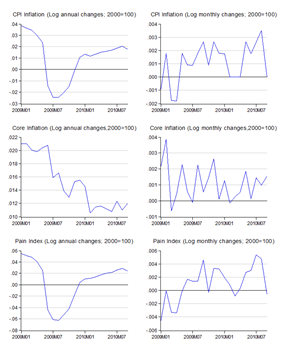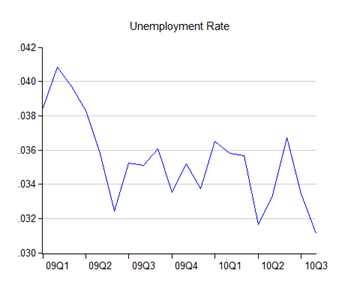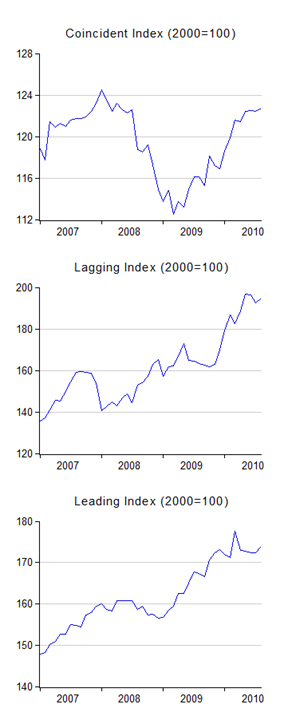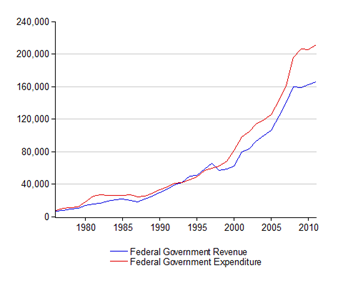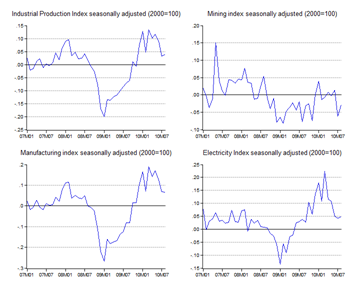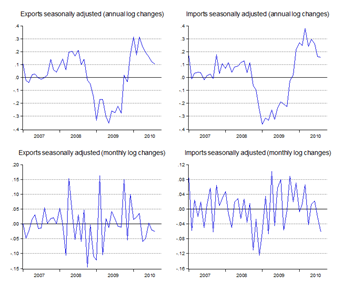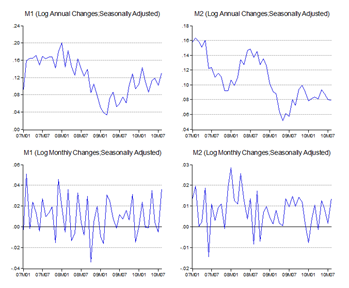I’ll be teaching a bunch of unemployed graduates over the next two days, so don’t expect much in the way of posts until after then. Having said that it’s budget time again, with next year’s fiscal plans due to be tabled in Parliament on Friday.
I really don’t have much to add to the speculation over what particular measures will be included – there’s a consensus that preliminary funding for the MRT system for KL will at least be included, but apart from that everybody’s really guessing on which of the ETP projects will come up front and centre.
In any case as a macro guy, I’ve always been more interested in the aggregate effect of fiscal policy rather than the particulars, where the impact is often hard to discern – I think governments too often get the credit when the going is good, and too much of the criticism when the going is bad.
But one thing I’m fairly certain of is that the fiscal deficit for this year will be less than expected, assuming the government maintains fiscal discipline – I expect revenue to be at least 10% higher than the government’s forecast, and GDP will also come in higher. That of course leaves expenditure, which is discretionary. They’ve already increased spending plans by RM10 billion RM12 billion over and above the original allocation, which will cut into the revenue increase, but I don’t expect it to be so much as to fully lose the gains from higher revenue.
